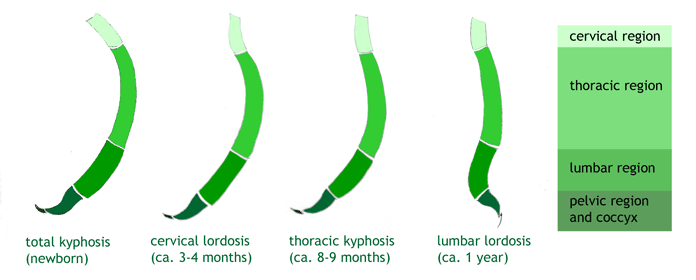The human body craves alignment. We work most efficiently when we are aligned. Ideally our bones should be supporting our weight (not our muscles) but when we lose normal alignment – the muscles pick up the slack which results in muscle strains, sprains, and tears. When we lose proper alignment we see joints begin to break down or wear out – due to uneven weight distribution.
Anyone who has ever driven and maintained an automobile for an extended period of time has likely dealt with an alignment problem. The effects of a simple curb nudge, fender-bender or direct collision may create a misalignment that is not immediately obvious. Our bodies are very much like automobiles – and we may not realize that our own alignment is off until an ankle sprain leads to knee trouble or the occasional ache develops into chronic pain or worse yet – we need a knee or hip replacement.
As chiropractors, we understand the human body is better able to deal with stressors when there is balance in the spine – allowing the nerve system to work free of any structural interference. The focus of chiropractic care is to keep the bones of the spine (vertebrae) in their proper relationships with each other, which enhances the function of the spine and nerve system in order to allow the body to fully express its maximum potential and work optimally. Continue reading “Why Is Alignment Important?”




